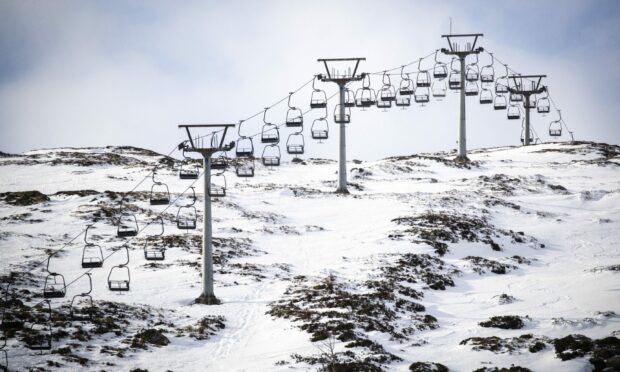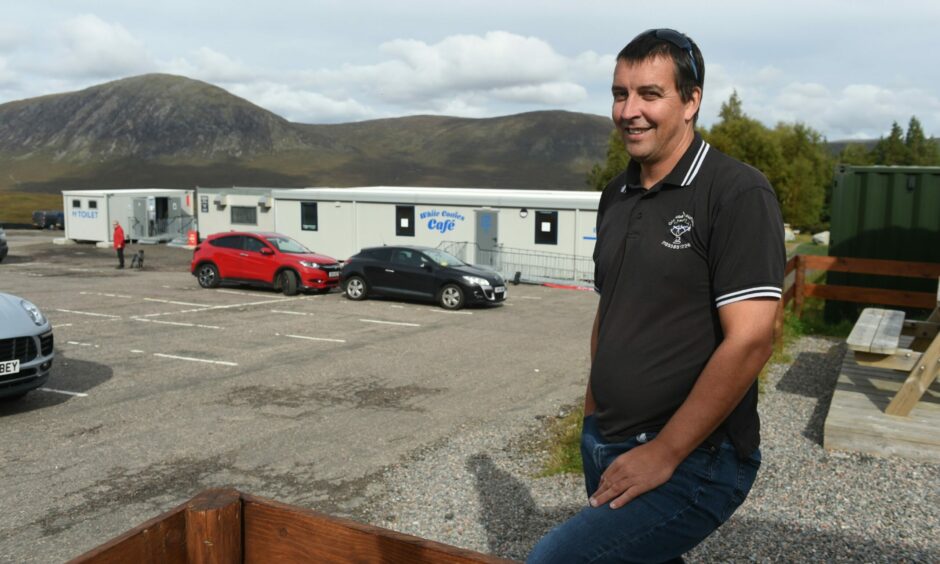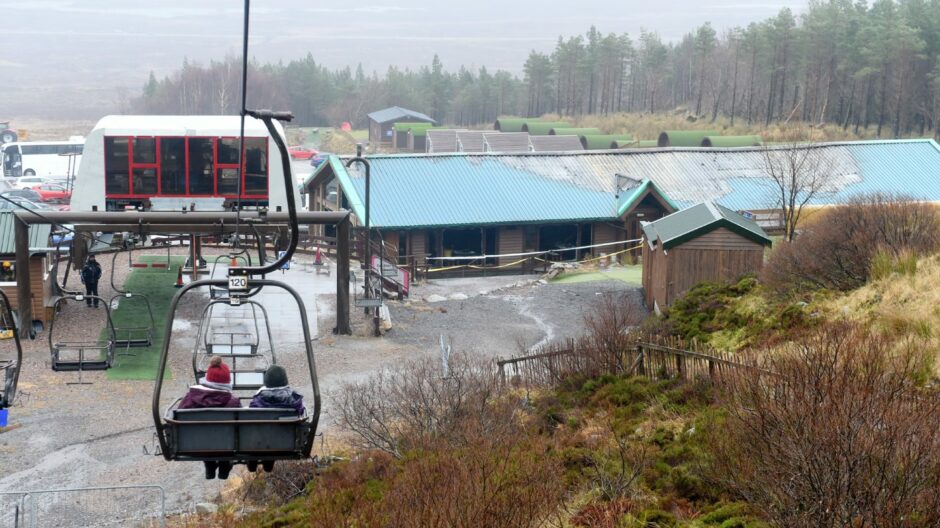Increasing fuel prices have been blamed for a 25% dip to the Scottish ski season compared to an average year.
The return to winter conditions has brought a much needed late boost to the Scottish ski season.
The operator of the country’s oldest winter sports resort said the season had been so poor that sledgers will make up nearly half of his business.
Andy Meldrum, who runs Glencoe Mountain and is chairman of Ski Scotland, said the cost of fuel was a big factor in the fall off.
He expected his business to be 25% down on an average year and it would be a similar story for other resorts.
‘Something has played a factor, fuel is in the mix’
The season had also been “compressed” with significant snow not falling until February. It is due to end after Easter, if the demand and conditions is not sufficient.
Last week’s snow meant skiers and boarders at Glencoe, Cairngorm Mountain, The Lecht and Nevis Range could enjoy the approaching end of the season with limited runs at the weekend. Glenshee is already closed for snowsports.
But Mr Meldrum said he expected that this season Glencoe will see about 13,000 skiers and boarders hit his slopes – compared to an average nearing 20,000.
But the number of sledgers – that use a 100-metre long run – will total in the region of 10,000.
“That number stays pretty constant so in a poor season, like this one, they can make up a substantial part of the business. We could not survive without them in a bad season,” said Mr Meldrum.
“We can guarantee snow for sledgers throughout the winter because we can make it artificially and it is a shorter slope.
“We have good conditions in the mid to upper slopes but not the numbers. I think the cost of fuel in getting here is now a big factor. Also if it is not snowing in the Central Belt, some people don’t think you have good snow conditions here.
“Something has proved a major factor this year and fuel is certainly in the mix.
“We aim to get through to Easter and then maybe to May Bank Holiday, but only if there is the demand.
“We have had poorer seasons – the worst was 7000 skiers – and survived, but its tough. We have had more people sledging than skiing on lots of days, and this season the sledgers have helped us stay in business.”


